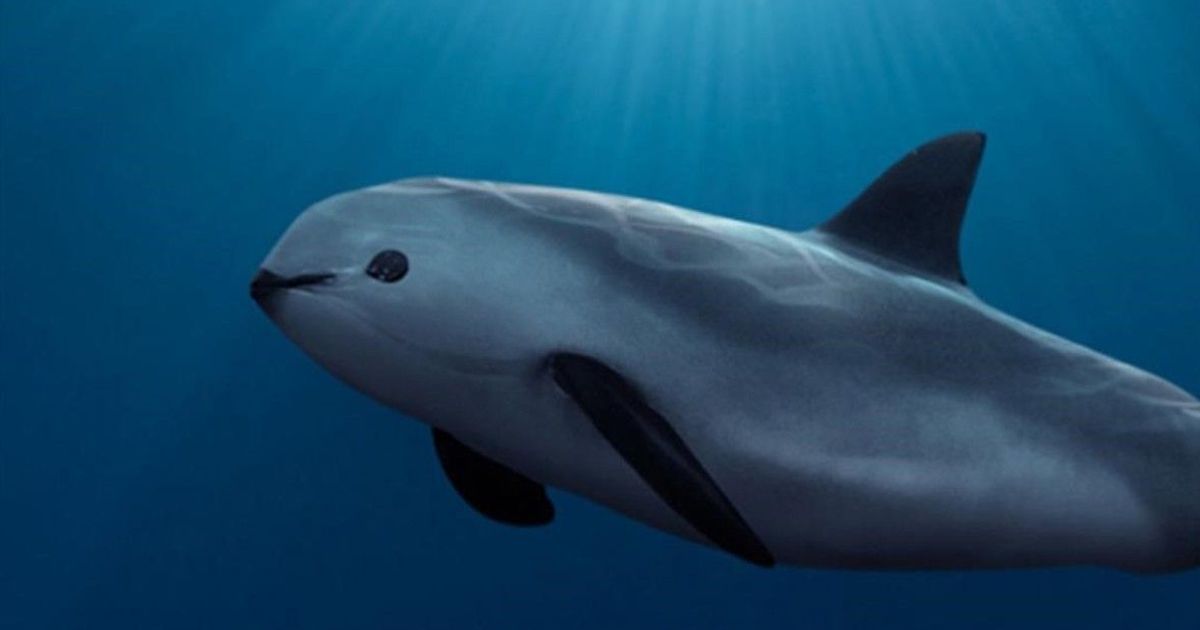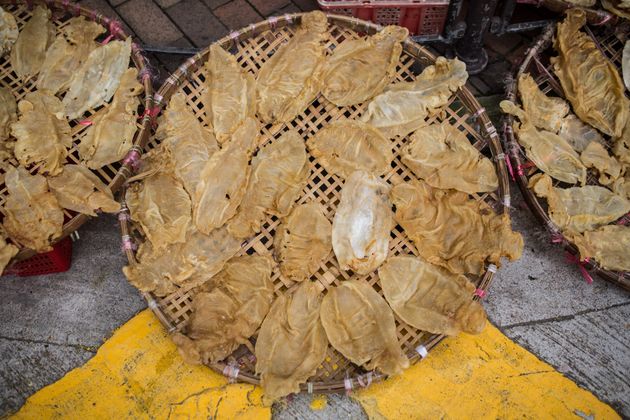SEMARNAT / AFP
ANIMALS – There are only about ten left in the world. The Vaquita porpoise, the smallest cetacean in the world is also the rarest marine mammal on the planet. Living in a restricted geographic area (the shallow waters of the upper Gulf of California in the western United States), these animals are naturally quite rare, and populations have never exceeded a few thousand over the past few years. last 250,000 years. Today they are only ten.
However, with such a small population, the scientists assumed that the mammal presented a risk of inbreeding and therefore of harmful mutations. These could inevitably lead to the extinction of the species Phocoena sinus.
But in fact, no. Researchers from the University of California (UCLA), the National Oceanic and Atmospheric Fisheries Administration (NOAA) and other institutes have made a happy discovery. Indeed, Vaquita porpoises still have enough genetic diversity could reproduce and repopulate the species, if allowed. The results of this research are published in the journal Science May 5.
Technically they could survive
This discovery by researchers is the result of a work of analysis of the genome of 20 Vaquita porpoises, using tissue samples collected by Mexican researchers between 1985 and 2017. This served them in particular to better understand the recent history of this animal.
“Genomics gives us clues about the past of the species, but also allows us to peer into the future,” says Lorenzo Rojas-Bracho, co-author of the present study. Indeed, genetic analysis using computer simulations allowed us to guess how the population would behave under different scenarios shown in the graph below.
Science/Jacqueline A. Robinson
“If we can allow these animals to survive, they can do the rest. Genetically, they still have the diversity that allowed them to thrive”, agrees Jacqueline Robinson, another head of the study. “Despite the small number, the species could recover if we stopped killing them”, resumes Lorenzo Rojas-Bracho. Because a sword of Damocles weighs (very) heavily on this species.
Fishing, factor of extinction
Researchers say that to give vaquita porpoises a chance, it is necessary to have an immediate and complete elimination of fishing mortality with gillnets. This method involves placing flat nets that are suspended vertically in the water.
Stretching out like giant tennis nets, they are known to be a death trap for many animals that weren’t meant to be caught. This is the case of the Vaquita. Measuring between 1.2 to 1.5m long, they often get tangled and drown.
Initially, these nets were used to hunt Totoaba, a fish highly prized in China for its potential “medicinal properties” and which could be resold at exorbitant prices on the black market. Because of this, it too is listed as endangered, being listed on the International Union for Conservation of Nature’s Red List.
ANTHONY WALLACE via Getty Images
In an attempt to stem this bleeding of biodiversity, Mexico has banned totoaba fishing as well as the use of gillnets in the Gulf of California. But that does not prevent poaching from persisting. Faced with this observation, the UCLA researcher and member of the study Christopher Kyriazis is formal: “If we lose them, it would be the result of our human choices”.
See also on the HuffPost: Environment: France has already reached its resource overshoot day



